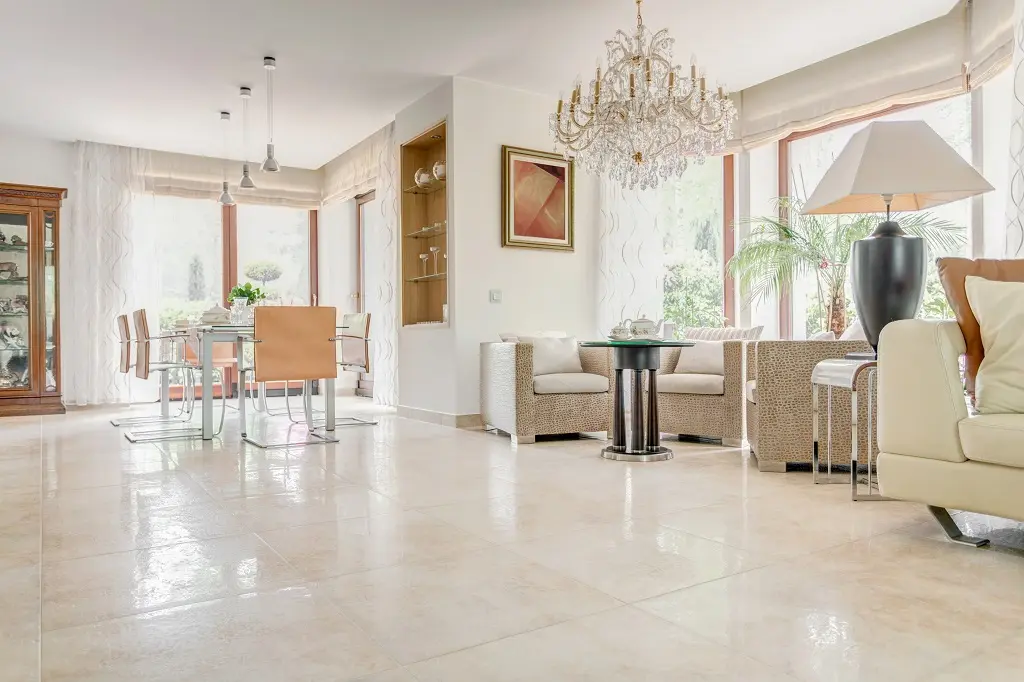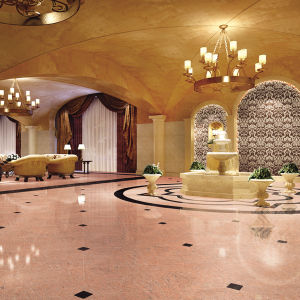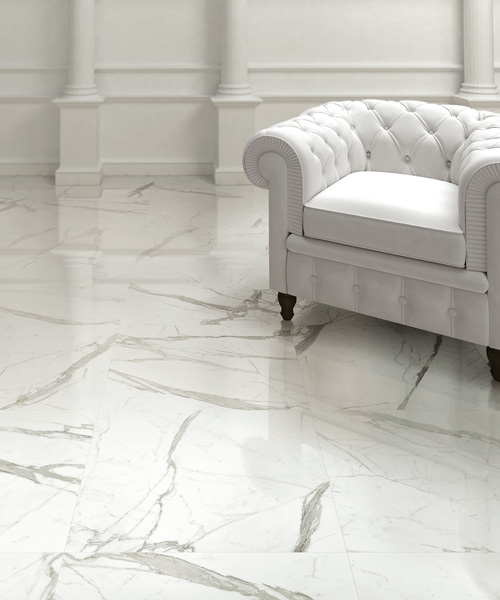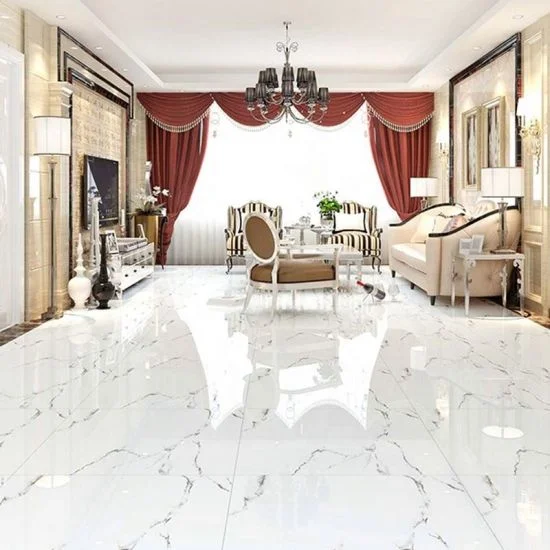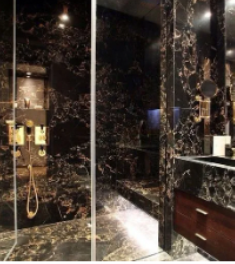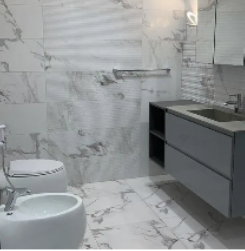
Ceramic
In the ancient world, ceramics were simply materials made from clay, such as pottery. A traditional example would be earthenware pottery, which is the result of baking or “firing” clay in a kiln at low temperatures — a cool 1,400 degrees Fahrenheit, compared to more than 2,300 degrees for porcelain tile!
In the modern world, technological advancements have expanded the term’s definition. Today, materials called “advanced ceramics” are used to make everything from medical implants to refrigerator magnets!
The tiles themselves are generally made from a mixture of water, sand, and clay. However, the spaces between the tiles, known as “grout,” are filled with a separate mixture of water, sand, and “cement” like material. In some installations, the tile grout is made from epoxy instead of cement.
Porcelain
Porcelain tiles are commonly used to cover floors and walls, with a water absorption rate of less than 0.5 percent. The clay used to build porcelain tiles is generally denser than ceramic tiles. They can either be glazed or unglazed. Porcelain tiles are one type of vitrified tiles and are sometimes referred to as porcelain vitrified tiles.
Porcelain is much harder than ordinary ceramic tiles and is often selected, despite its higher price, for its hard-wearing nature. Porcelain can be used in both wet and dry areas such as bathrooms, showers, and kitchens.
Marble/Granite
Marble is a metamorphic rock, formed through high pressure and heat deep in the earth. The swirls and color streaks are the result of large mineral deposits, often in the form of silt, clay, iron, or chert. Granite is an igneous rock, meaning that it is essentially solidified lava.
